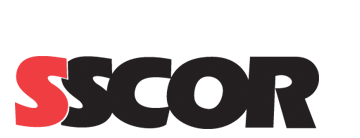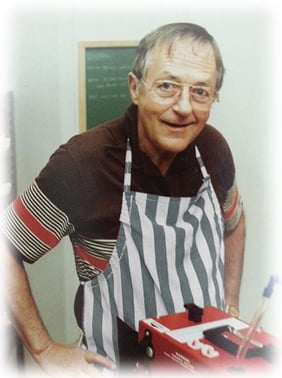In 1980 Sam L. Say was working with healthcare professionals who were researching ways to improve their institution’s response to cardiac arrest. One noticeable hole in their ability to provide proper emergency care was the inability to provide high quality suction in many areas of the facility. Wall vacuum was effective, but only available in the immediate vicinity of the patient’s bed. Plug in suction machines were available but were generally under-powered and dependent on the ability to quickly locate a wall outlet and deploy a power cord.
The hospital had turned to local fire departments to determine how they dealt with this same issue in the field only to find that the paramedics in the field were experiencing the same frustration. Currently available battery powered suction was underpowered, unreliable, cumbersome and inconvenient to use, requiring cleaning and disinfection in a firehouse not equipped to properly deal with bio hazardous materials.
What were these professionals looking for? When asked they stated that a good portable suction device must be:
Durable - It has to last
Reliable - It has to work
Powerful - It must work effectively and quickly
Easy to use - The operator must be able to use the product efficiently
Safe to use - As safe as possible for both the operator and patient
Sam researched existing options and even approached one company which manufactured similar product asking if they would fill this need. When it was clear that no other option existed, Sam began the process of creating a suction device that met the above criteria.
The first SSCOR suction device was created. It was large and weighed 18 pounds. But it was durable in its aluminum chassis, reliable with its sealed lead acid battery, powerful with its diaphragm pump, easy and safer for the operator to use with its disposable fluid path and canister and safer for the patient with its variable regulator.
From this beginning with one portable device the line has expanded into special pumps for the hospital and EMS environments. Wall mounted devices, devices with full regulator and gauge, devices with a field friendly 2 position regulator, devices that weigh less than three pounds and vacuum systems for ambulances now populate the line.
Everything we do stems from and furthers the purpose of that original request. Find or create something that better enables the caregiver to clear the airway during that very important resuscitation procedure.








